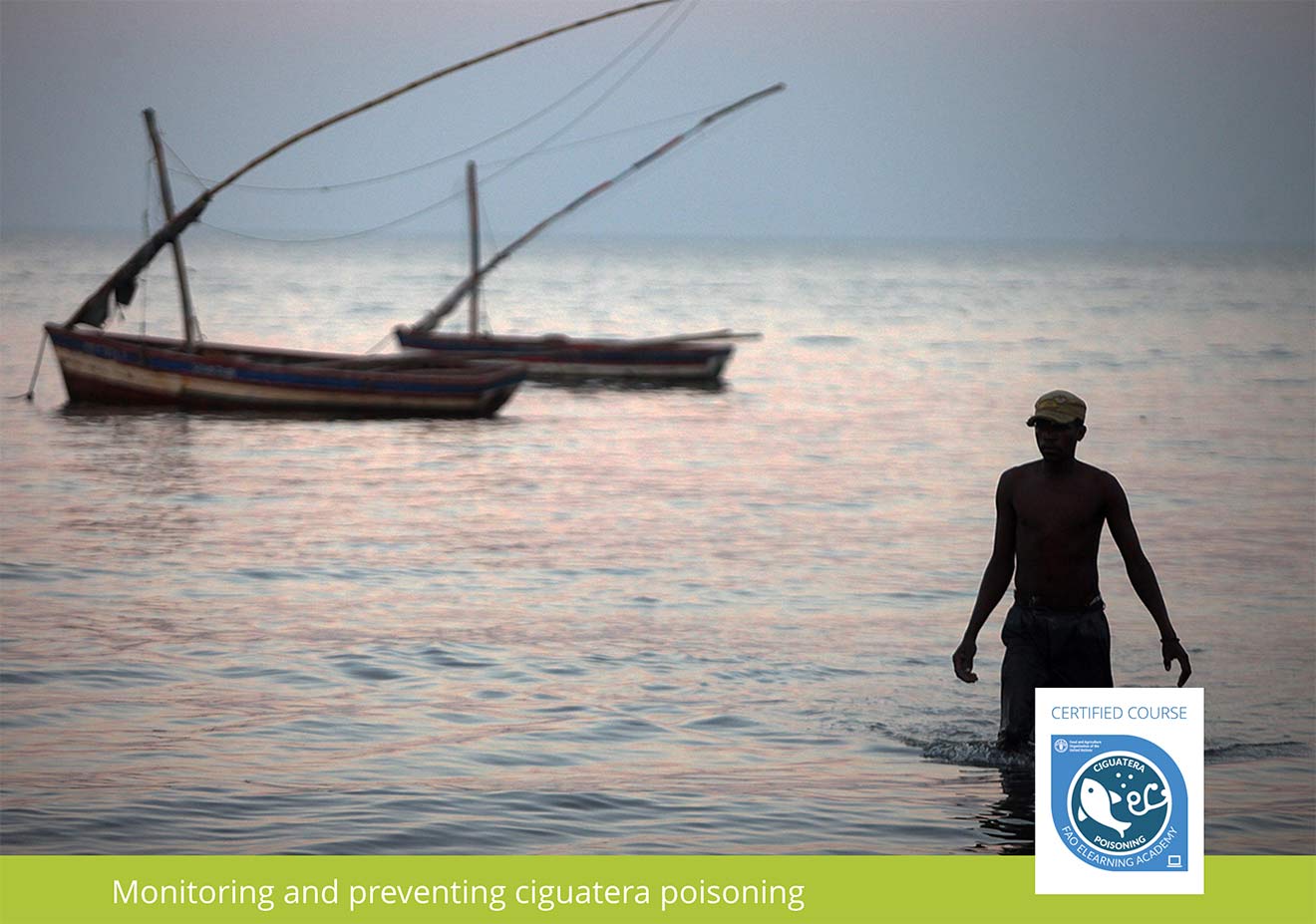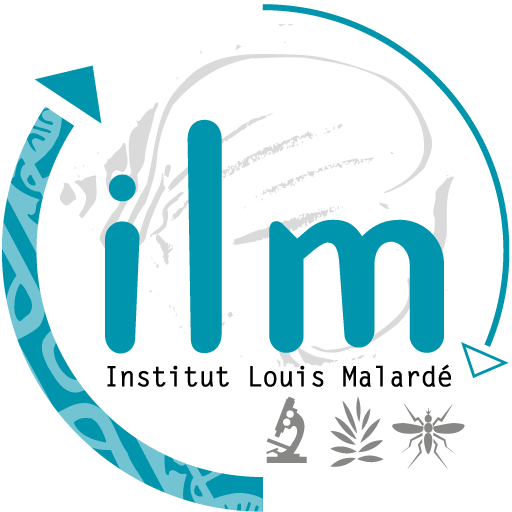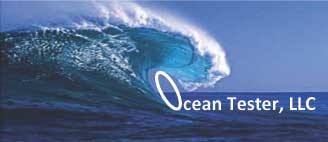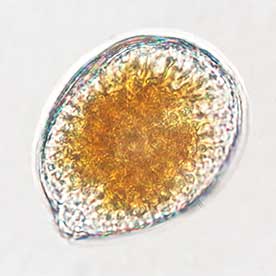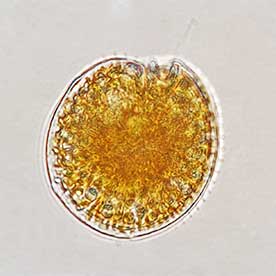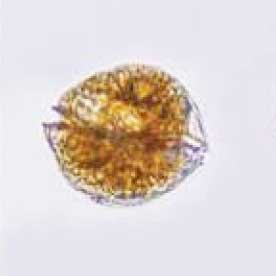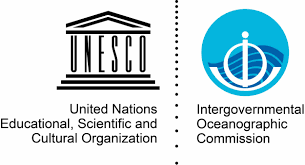Prerequesite
Prior to attending the online training on ciguatera epidemiological surveillance and environmental monitoring, it is highly recommended to undertake two virtual courses, namely the FAO e-learning course on Monitoring and preventing Ciguatera Poisoning and the IOC-UNESCO (benthic HAB species module of the course), which provide an updated base knowledge on the etiology and clinical aspects of ciguatera, the detection and risk management options, and more widely, the risks associated with the proliferation of a variety of benthic harmful algal bloom (HAB) organisms.
Additional information can also be found on the ciguatera-dedicated website of the Institut Louis Malardé: www.ciguatera.pf
Monitoring and preventing Ciguatera poisoning
This course is designed to help learners understand the ecology of the causative organisms, as well as the potential hazard of fish contamination and consequent illnesses. The course proposes tools, approaches and strategies for the design and implementation of environmental, food safety and epidemiological monitoring, with a view to developing a well-informed ciguatera risk management plan.
Upon completion of the course, you may receive a digital certification from FAO confirming the acquisition of the skills learned. To obtain this certification, you will need to take the final assessment exam after completing the course.
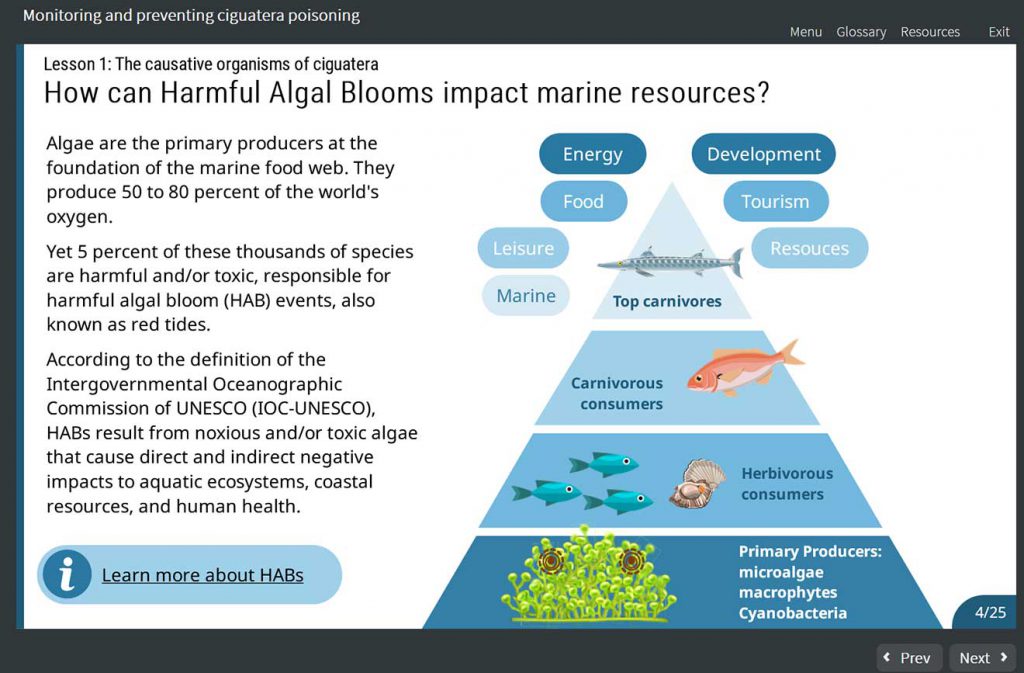

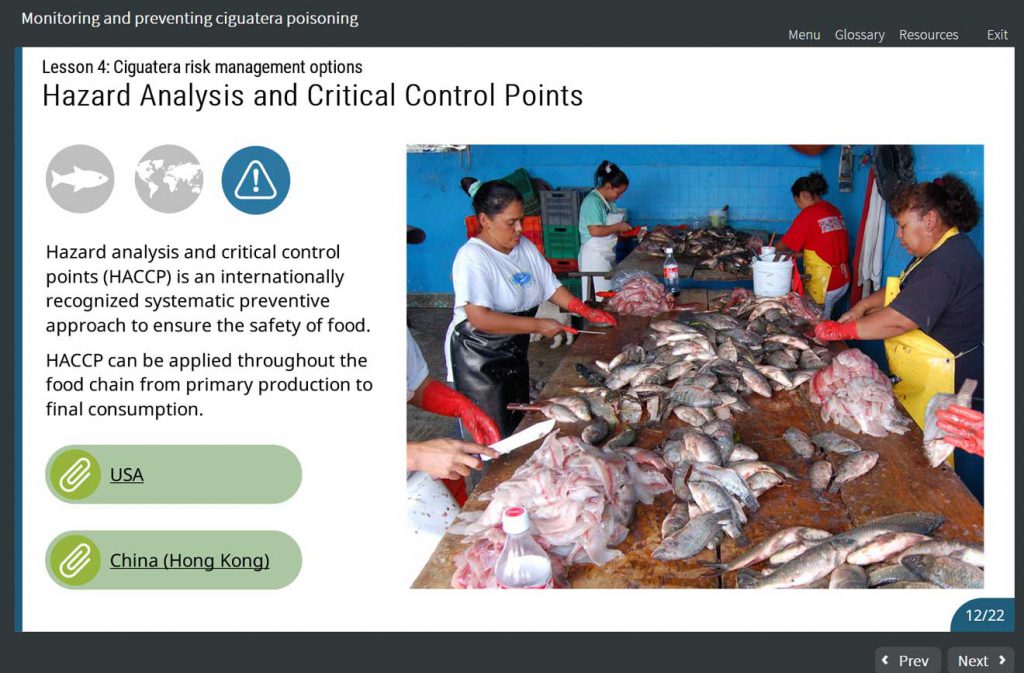
Partners
Reviewers
Identification of marine harmful algal bloom species
The aim of this course developed by the Intergovernmental Oceanographic Commission of the United Nations Educational, Scientific and Cultural Organization (IOC-UNESCO) is to provide basic tools useful to identify the main species of microalgae involved in harmful algal blooms (HABs). At the end of this course, you should be able to identify the microalgae of interest, including the one responsible for Ciguatera.



